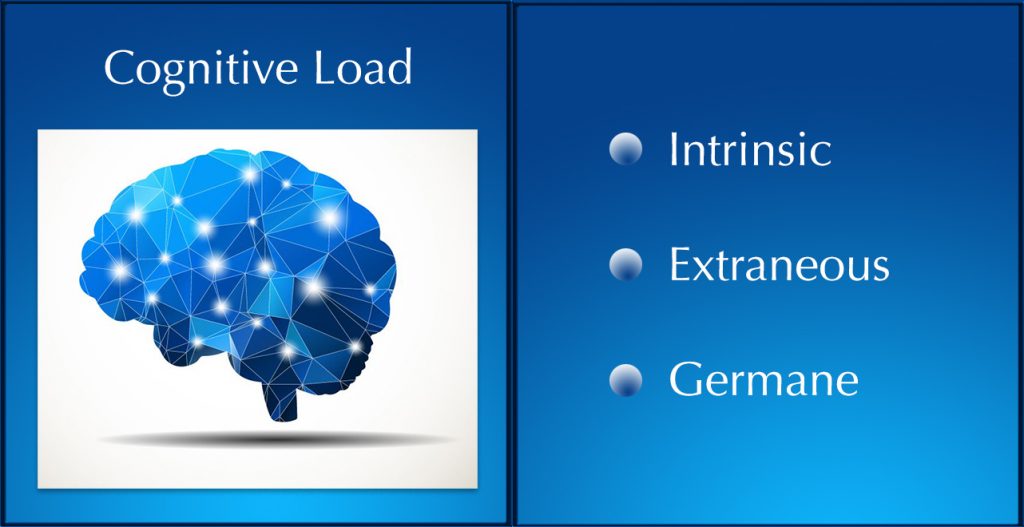How AI can bridge the gap between business and IT — from technative.io
Excerpts:
Artificial intelligence and intelligent automation are changing how businesses function. How they collect data, capture information, present it, and leverage it to gain more customers, convert more visitors, and expand their operations.
…
According to Gartner, the global business value derived from AI will reach $3.9 trillion by 2022, through improved customer experience, reduced operating costs, and new revenue generation. Gartner also predicts that automating decision-making by harnessing unstructured data will be a key driving force of this trend- growing AI-derived value from just 2 percent in 2018 to 16 percent in 2022.
Also see:
Cybercrime, meet AI — from technative.io
Excerpt:
The value of AI in this model is that it lets companies take large volumes of information and find clusters of similarity. This is always the focus of cybersecurity to a degree, but organisations are often unequipped to do so in sufficient depth because of time and resourcing constraints. By contrast, AI can whittle down vast quantities of seemingly unrelated data into a few actionable incidents or outputs at speed, giving companies the ability to quickly pick out potential threats in a huge haystack.
The ability to quickly turn large amounts of data into actionable insights is something that cybersecurity teams are going to need in the coming years, because AI could become a formidable enemy. Unlike malware, which is purely automated, AI is beginning to mimic humans to a worryingly accurate degree. It can draw pictures, age photographs of people, write well enough to persuade people of truths – or lies.











